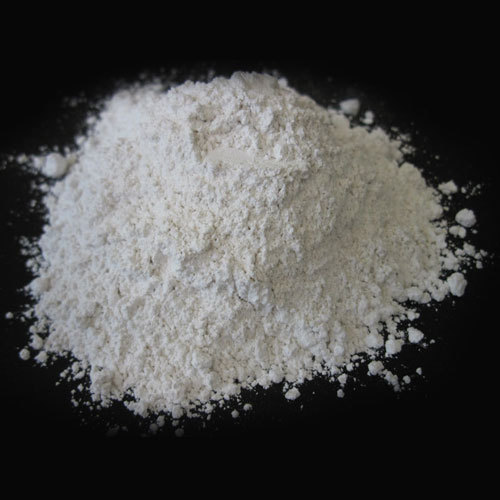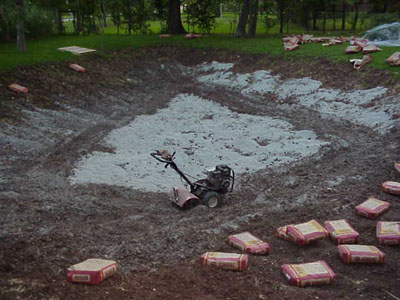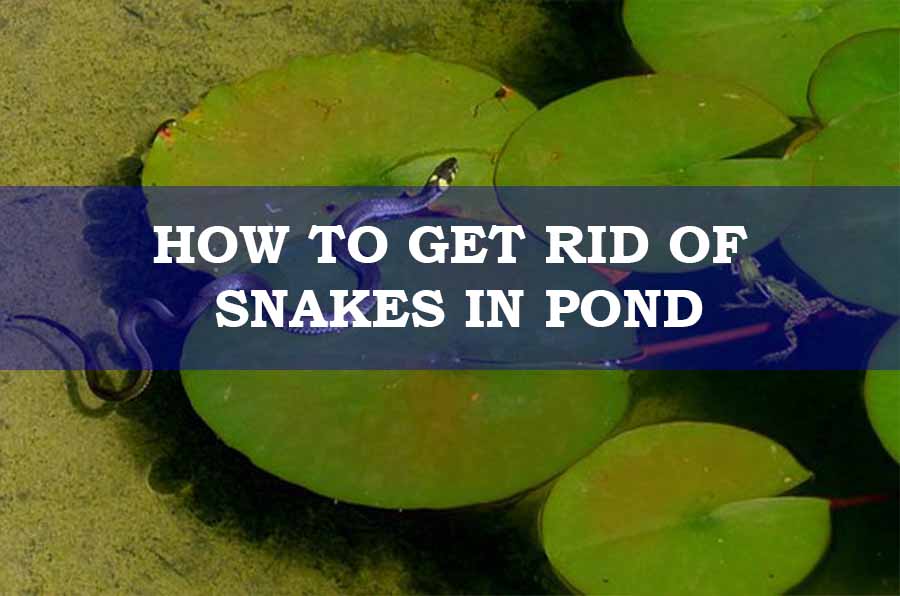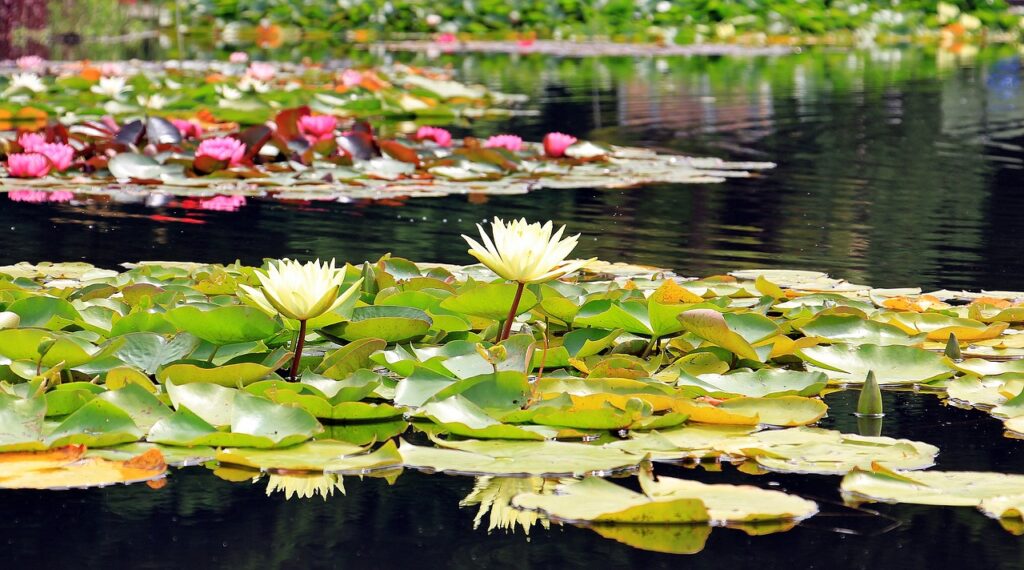Using lime to fix a leaking pond is an old method. This is one of the cheapest methods that you can adapt to make your pond hold water. In fact, it is cheaper than sealing a pond with bentonite.
The method of using lime to seal a pond is originally called clay lining. Here a lining of lime is used beneath the clay layer. Altogether they seal the pond bottom by making it impermeable.
Table of Contents
How This Method Works
The science behind this method is very easy. Water leaks from a pond when the soil particles are large. Therefore, if we can create a strong impermeable layer, we can stop the water from leaking.
Lime is a binder material. When it is mixed with soil it creates lime concrete. It is impermeable for water. Also, it is hard. Therefore, worms and other insects can’t penetrate easily.
A clay layer is used over the lime and it prevents the lime from direct exposure of water. This is done because if the water is directly exposed to the layer, the layer will be damaged. The alkalinity and pH of the water will also increase to an intolerable limit.
Lime binds well with clay particles and large soils grain. This gives the pond a good and safe seal.
Which Lime You Should Use
For fixing leaks in pond, you have to use Agricultural Lime or Quick Lime (Cao). Agricultural lime is made from limestone calcium carbonate or dolomite. It is readily available in local stores and there is no restriction is buying it in a large amount.
The Step by Step Procedure of Sealing a Pond Using Lime
Step 1: Prepare the Pond
If your pond has water, drain it first. Let it dry for some days so that the soil reaches optimum moisture content.
Then remove all debris from the pond bottom and fix any holes found.
For both new and old pond, compact the pond bottom well. It will add extra benefit.
Step 2: Spread the Lime
After that, you have prepared the pond, spread 4 to 6 cm layer of quick lime. The layer thickness will increase if you have gravel in the pond bottom. Be sure you leave no blank spots.
Step 3: Add the Clay Layer
After the lime covering, you have to provide a clay covering over it. Use heavy clay for this purpose because it is nearly impermeable and retains water well. If it is not available nearby, collect it from a borrow site.
The clay layer should be at least 6 cm thick. More thickness is required if the clay is light and livestock has access to the pond. The clay should be in plastic form for maximum effectiveness. Small water content in the clay is necessary for the binding action of lime.
Step 4: Final give a nice compaction
After you have fully covered the lime with the clay layer, it is time to compact the two layer. Compact it carefully. You need moderate compaction. High compaction can displace the layers. Again if you have very loose compaction, the layer can be damaged in the near future.
Cautions
- Spread lime when the soil of pond bottom is fully saturated with water (soil has enough moisture to hydrate the lime). If possible cover the pond with polythene sheet to hold moisture during the binding period.
- After completing the sealing job, don’t add water immediately. Give the lime some time to start binding action.
- When you add water, add it gently because turbulent flow can damage the layers.
- Don’t ever fully dry your pond after you have sealed your pond with lime. Because drying will create large cracks in the layers. Once crack occurred, the layers will lose their water retaining capacity.
Fixing a Leaking Earthen Pond Wall or Dam Using Lime
You can also fix a leaking earthen pond wall or dam using lime. The working mechanism of this method is the same as above. Just mix quick lime with soil and give good compaction. Make sure you have enough moisture in the soil for hydration and binding.





I am searching farm pond sealling technology.
I think bentonite sealing is the best method for sealing a farm pond. Check this article: Sealing a pond with Bentonite